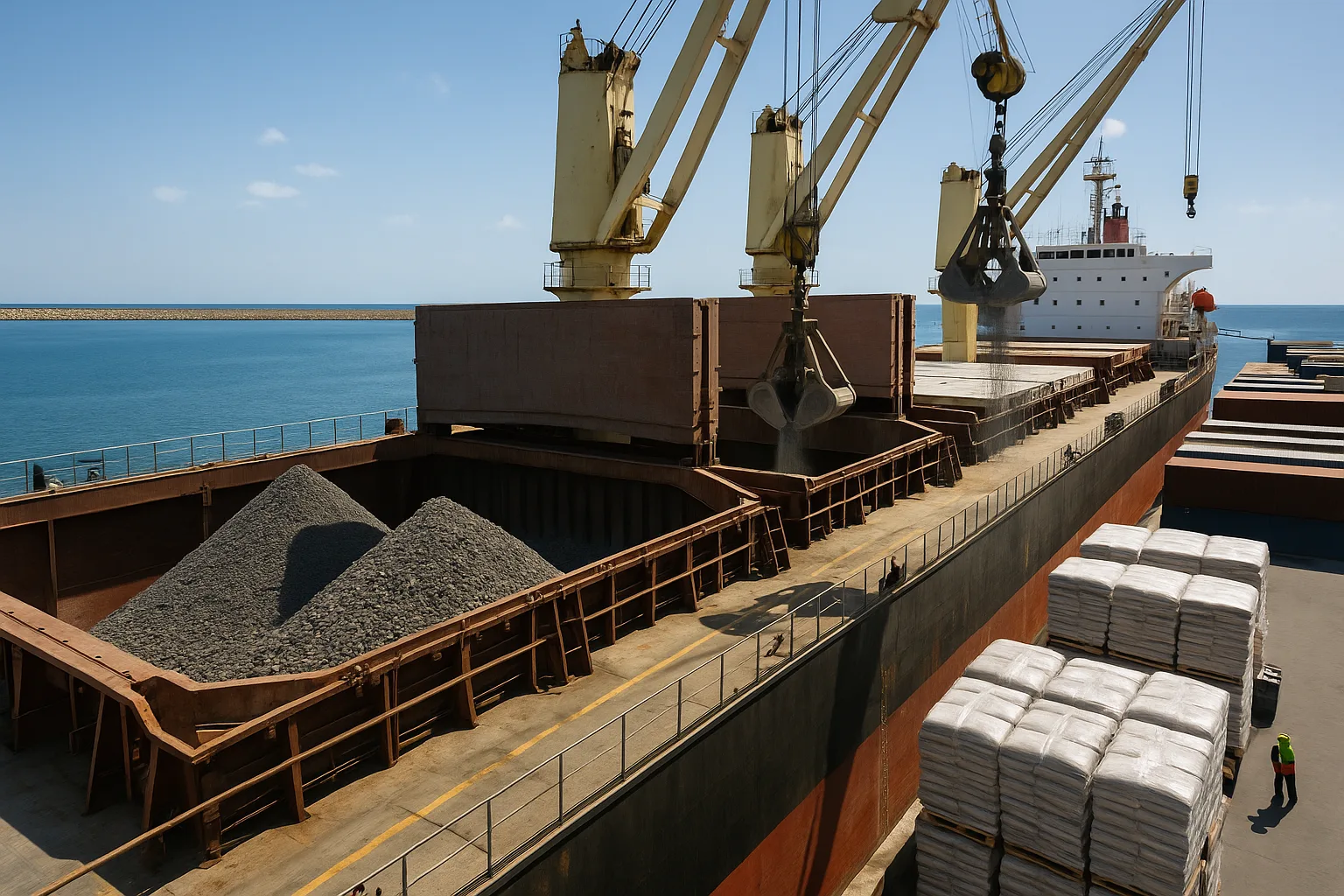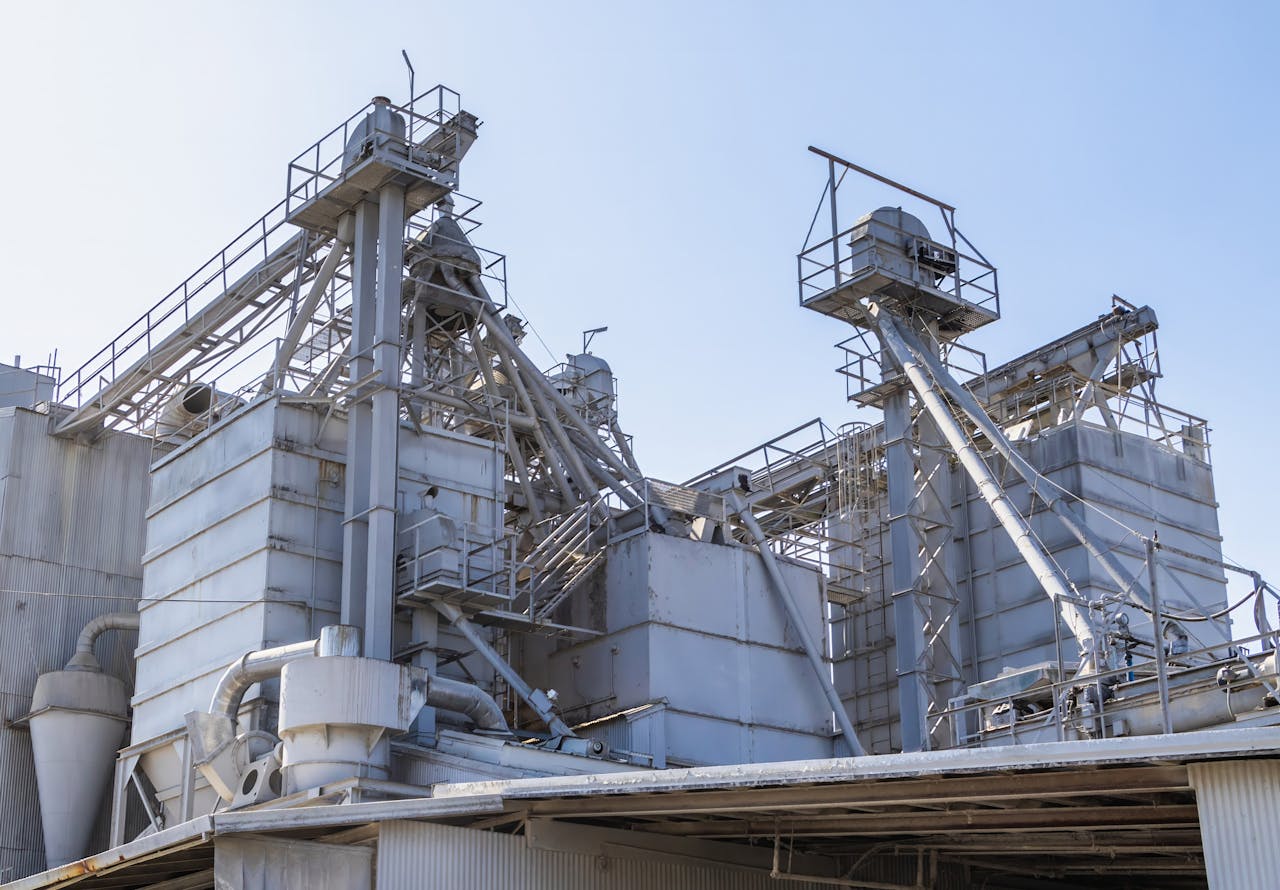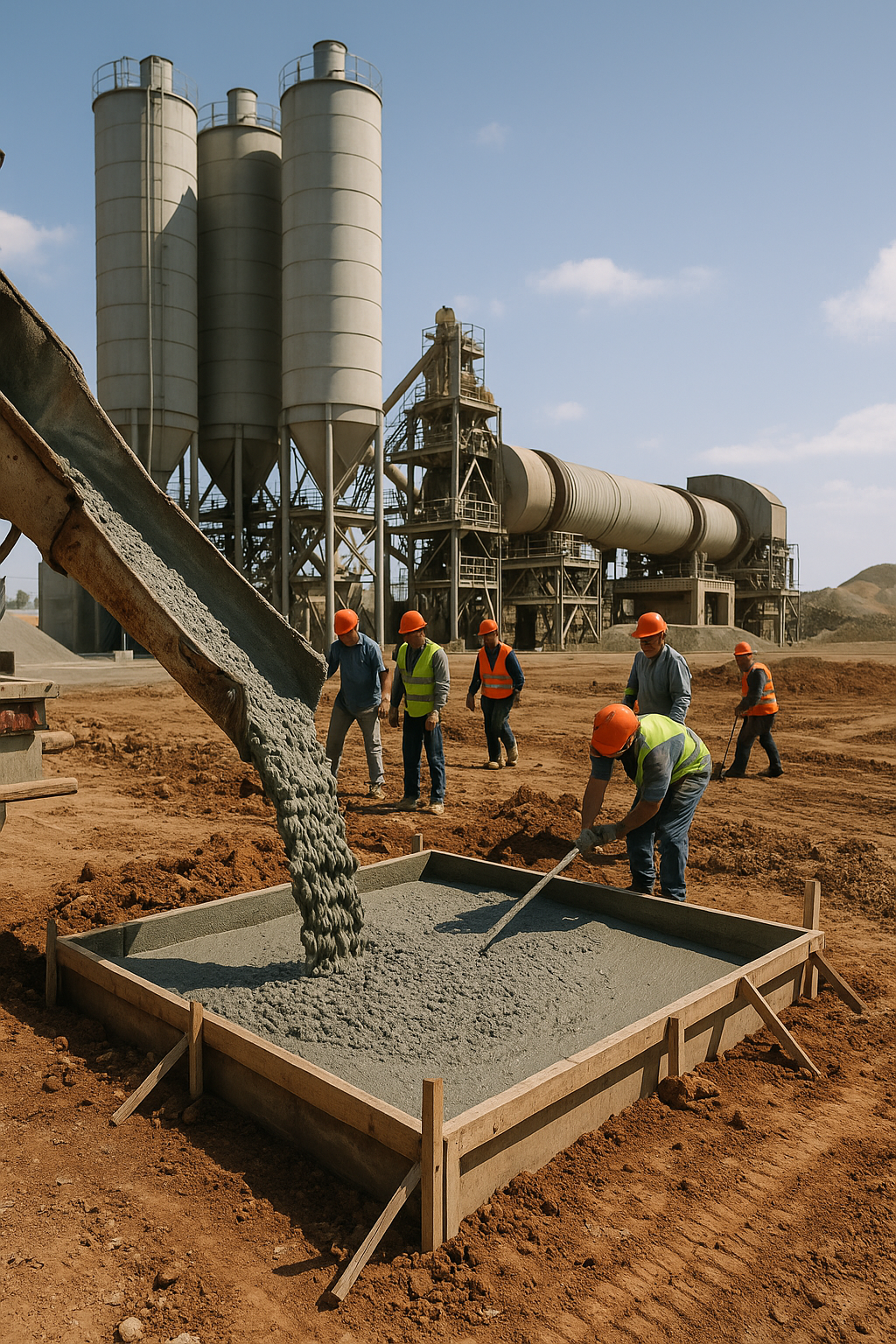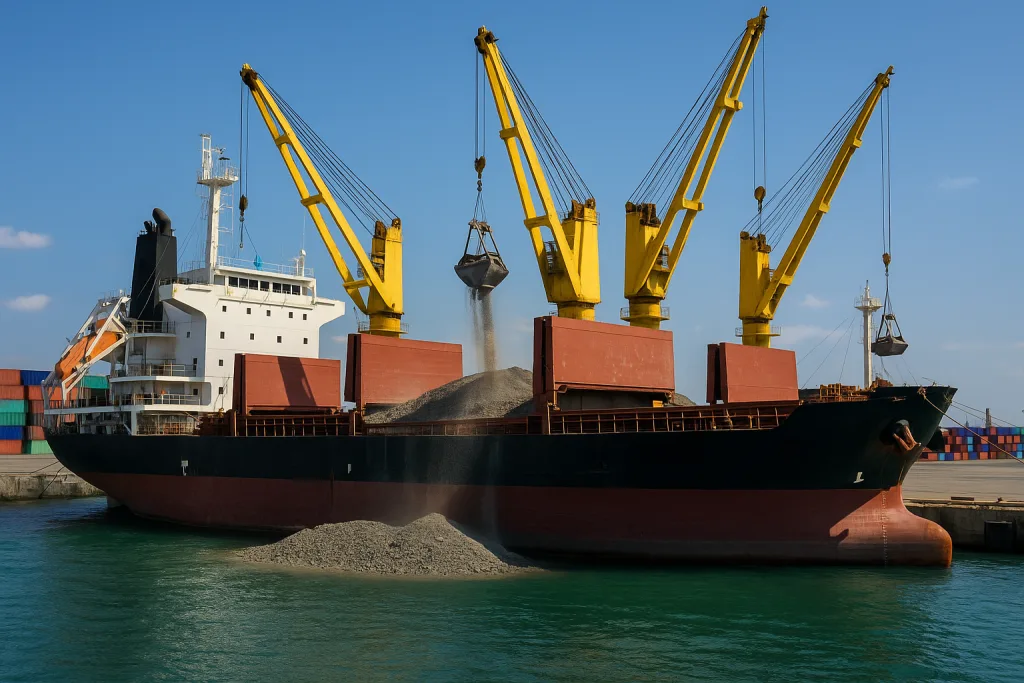
Introduction
Clinker export is becoming one of the fastest-growing segments of the cement trade, particularly for suppliers in Iran, Turkey, and South Asia looking to serve the GCC and African markets. Cement clinker, the semi-finished product used to manufacture Portland cement, is in high demand because many importing countries prefer to grind clinker locally. This reduces freight costs, provides flexibility in production, and supports domestic cement industries.
In 2025, demand for clinker exports to the Middle East and Africa is projected to rise by 4–6% annually, driven by mega-projects, coastal construction, and urbanization. For exporters like Karbin Cement, clinker is not just a commodity—it’s a strategic opportunity to expand market reach.
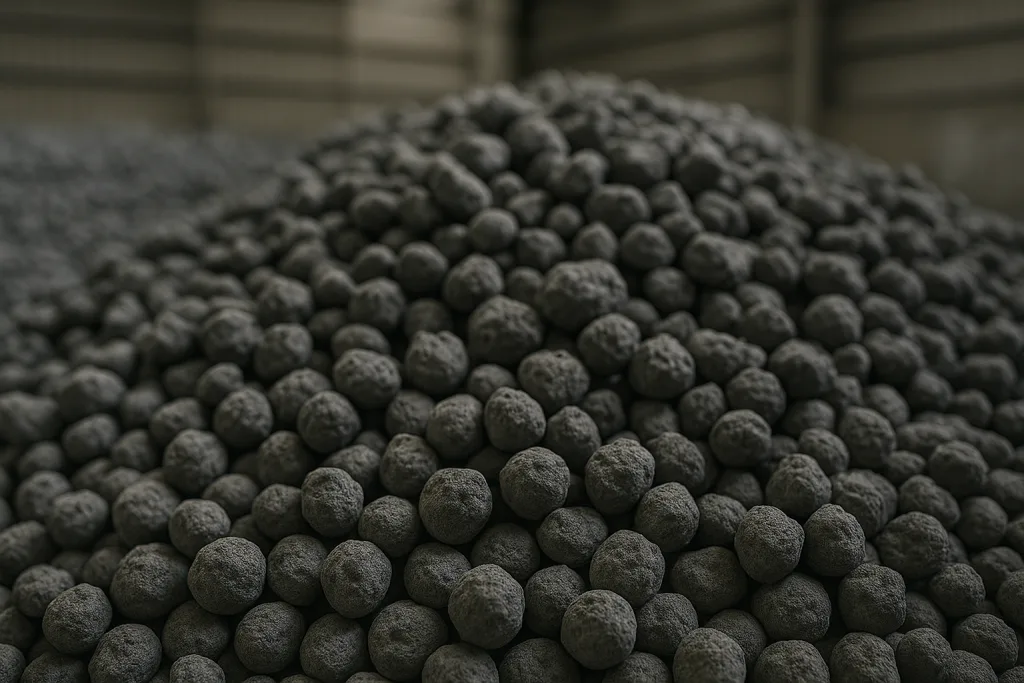
What Is Cement Clinker and Why Export It?
Cement clinker is the solid, rocky material that emerges from the kiln during cement production. These nodules, typically dark grey and marble-sized, are ground with gypsum and other additives to make finished cement.
Why clinker export is so popular:
- Lower freight costs – bulk clinker is easier to transport than finished cement bags.
- Flexibility for buyers – importers can grind clinker to produce different cement grades.
- Tariff benefits – some countries tax finished cement more heavily than clinker.
- Storage advantage – clinker can be stockpiled without losing quality for months.
Related: Explore Karbin Cement Products
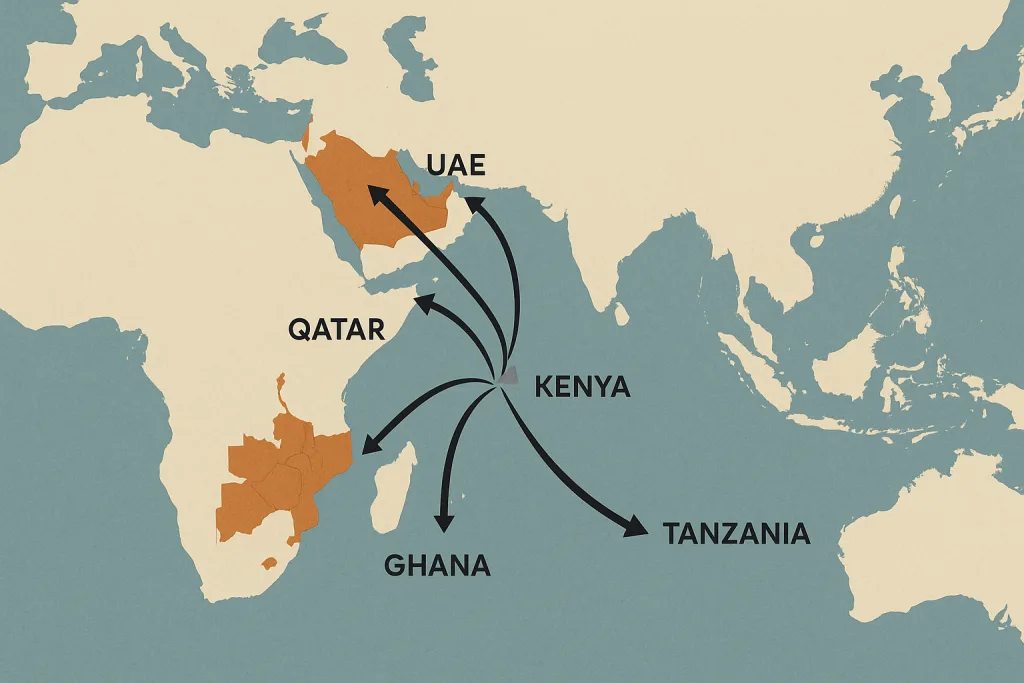
Global Demand for Clinker Export
Clinker is in demand wherever domestic cement capacity is limited.
- GCC Countries – The UAE, Oman, and Qatar often import clinker for local grinding to support massive infrastructure growth.
- Africa – Countries like Kenya, Tanzania, and Ghana rely heavily on clinker imports due to insufficient local production.
- South Asia – Bangladesh and Sri Lanka are among the top clinker importers.
According to Global Cement, clinker exports from Iran alone exceed 10 million tons annually, with GCC ports receiving a significant share.
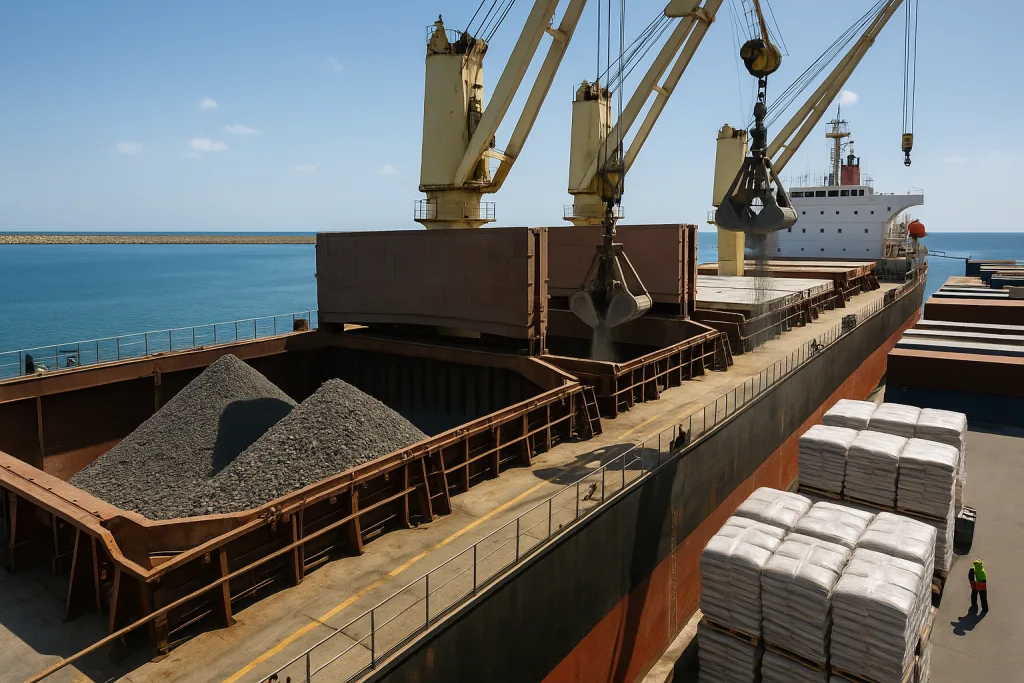
6 Essential Steps to Supplying Clinker to GCC
1. Identify Demand Markets
The first step in clinker export is analyzing where demand is strongest. In the GCC, the biggest importers are:
- UAE – constant demand due to real estate and port projects.
- Oman – imports clinker for both domestic use and re-export.
- Qatar – requires clinker for ongoing urban and coastal development.
2. Meet International Standards
Buyers demand compliance with ASTM C150 and EN 197 standards for clinker. Certification not only ensures acceptance at customs but also builds trust with long-term buyers.
👉 Reference: ASTM C150 Portland Cement Standard
3. Packaging & Bulk Shipping Options
Clinker can be exported in multiple ways:
- Bulk cargo – loaded directly into ship holds, most cost-effective.
- Jumbo bags (1–1.5 tons) – easier to handle and store.
- 50kg bags – less common for clinker but possible for niche buyers.
Karbin Cement offers flexible packaging to match buyer requirements.
4. Choose the Right Logistics Route
Freight cost is a key factor in clinker export. The Chabahar Port Free Zone in Iran provides exporters with:
- Direct access to Arabian Sea routes.
- Faster shipping times to Muscat, Dubai, and Doha.
- Free zone tax benefits for competitive pricing.
5. Negotiate Pricing
Clinker pricing is typically quoted FOB (Free on Board) or CIF (Cost, Insurance, Freight).
- FOB Iran (2025 average): $28–$32 per ton
- CIF UAE/Oman/Qatar: $34–$40 per ton depending on freight costs
Long-term contracts often yield better margins than one-off spot deals.
6. Build Long-Term Partnerships
The most successful exporters don’t just sell a shipment; they build relationships. This includes:
- Reliable supply schedules.
- Flexible payment terms.
- After-sales technical support.
Karbin Cement works with distributors and contractors in the GCC to establish sustainable partnerships.
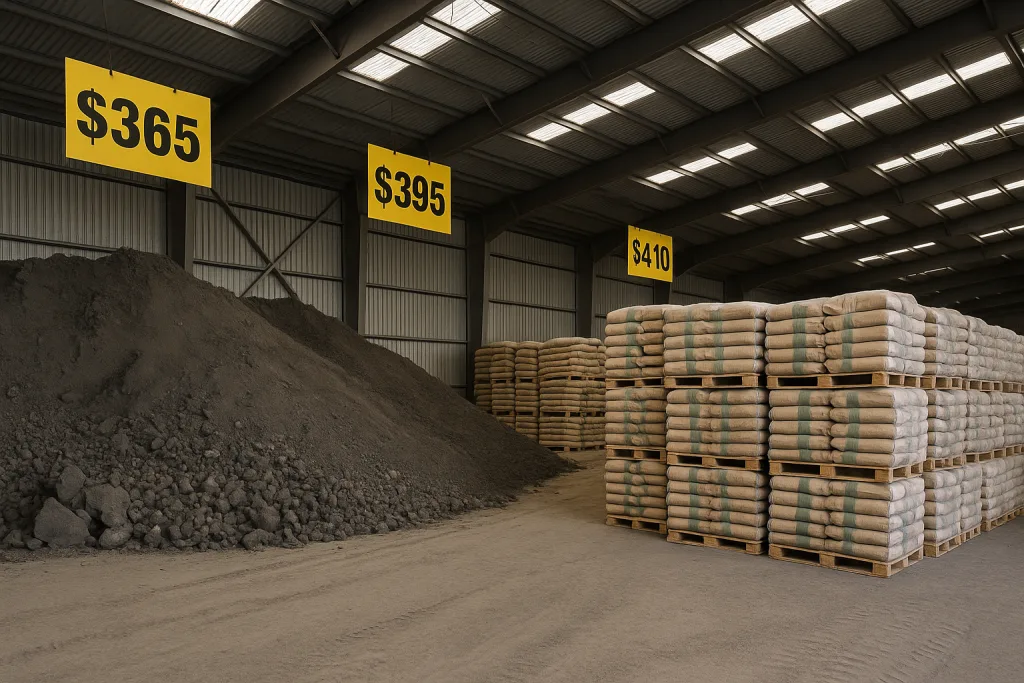
Clinker Export Pricing in 2025
Clinker remains cheaper than finished cement, making it attractive for importers. In 2025, average GCC prices are forecasted as:
- Grey Cement: $40–$55 per ton
- White Cement: $120–$150 per ton
- Clinker: $28–$40 per ton
This price gap explains why clinker export is often the preferred option for high-volume buyers.
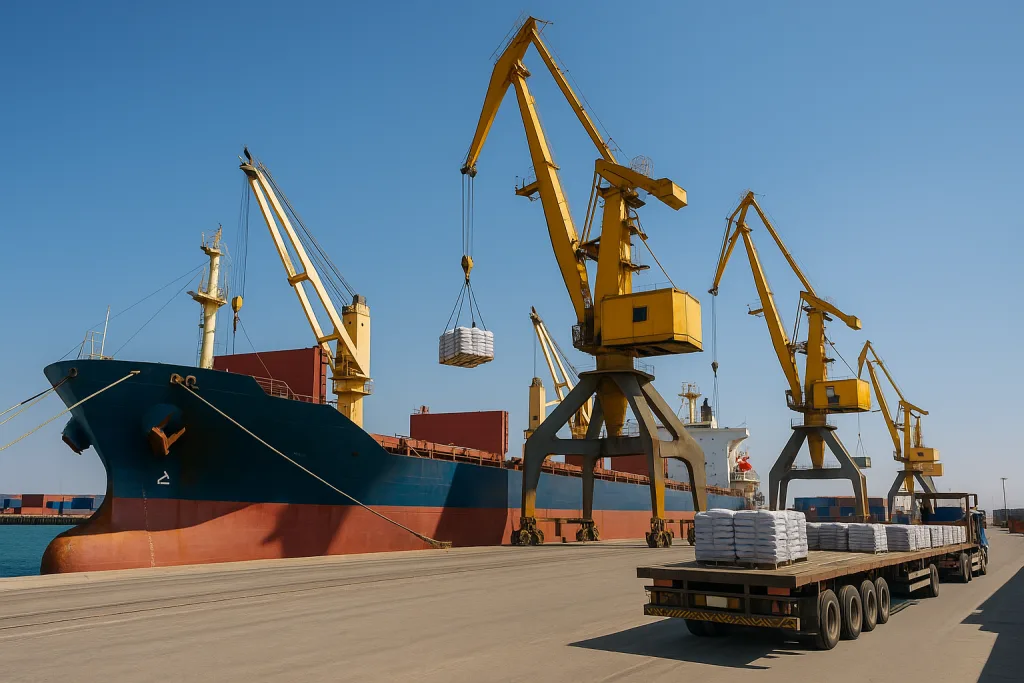
Logistics Advantage of Chabahar Port
For exporters in Iran, Chabahar Port offers unmatched benefits:
- Geographic proximity to GCC.
- Shorter transit times than northern Iranian ports.
- Lower freight rates due to direct Arabian Sea access.
- Free zone incentives that reduce handling costs.
This makes Karbin Cement one of the most competitive suppliers for clinker export to GCC and African markets.
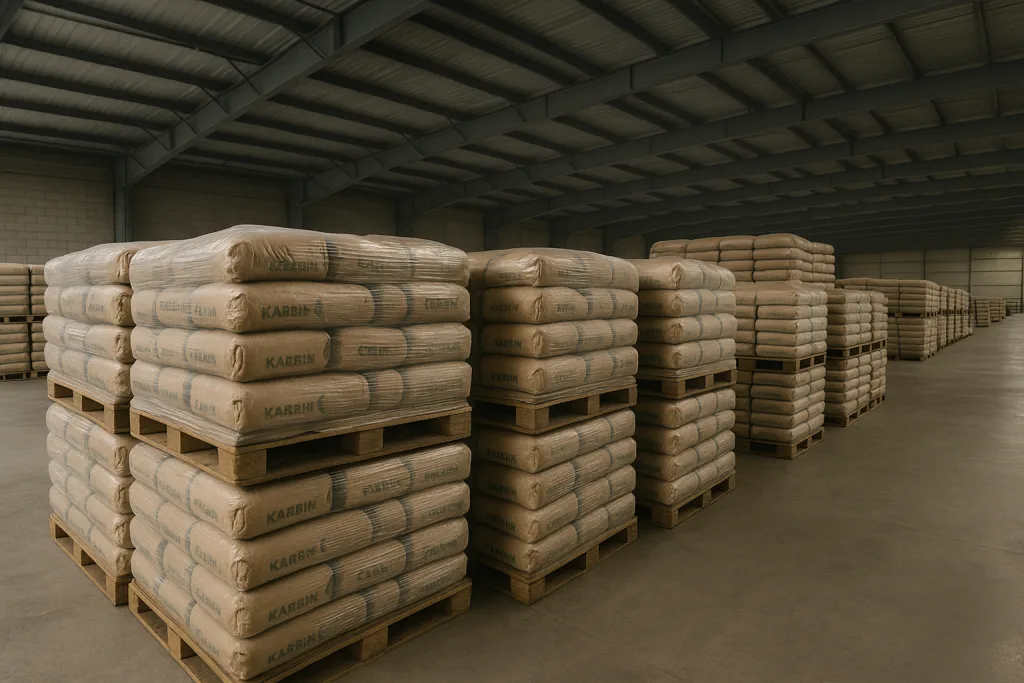
Karbin Cement’s Clinker Export Services
At Karbin Cement, we provide:
✔️ Bulk clinker shipments for large buyers
✔️ Jumbo bagged clinker for flexible handling
✔️ 50kg bags upon request
✔️ ASTM & EN certified clinker
✔️ Fast shipping via Chabahar Free Zone
FAQ
Q1: What is clinker used for?
Clinker is ground with gypsum and other materials to produce Portland cement.
Q2: Why is clinker cheaper than cement?
Because it is semi-finished and requires grinding locally, lowering freight and handling costs.
Q3: Which GCC countries import the most clinker?
The UAE, Oman, and Qatar are leading importers.
Q4: What is the average clinker export price in 2025?
FOB Iran prices range from $28–$32 per ton, CIF GCC ranges $34–$40 per ton.
Conclusion
Clinker export is one of the most profitable opportunities for cement suppliers in 2025, especially with GCC and African demand on the rise. By following the six essential steps—market research, compliance, packaging, logistics, pricing, and partnerships—exporters can secure long-term success.
Karbin Cement offers bulk and bagged clinker exports via Chabahar Port, with competitive pricing and international certification.
